Top 10 Largest Beetles In The World
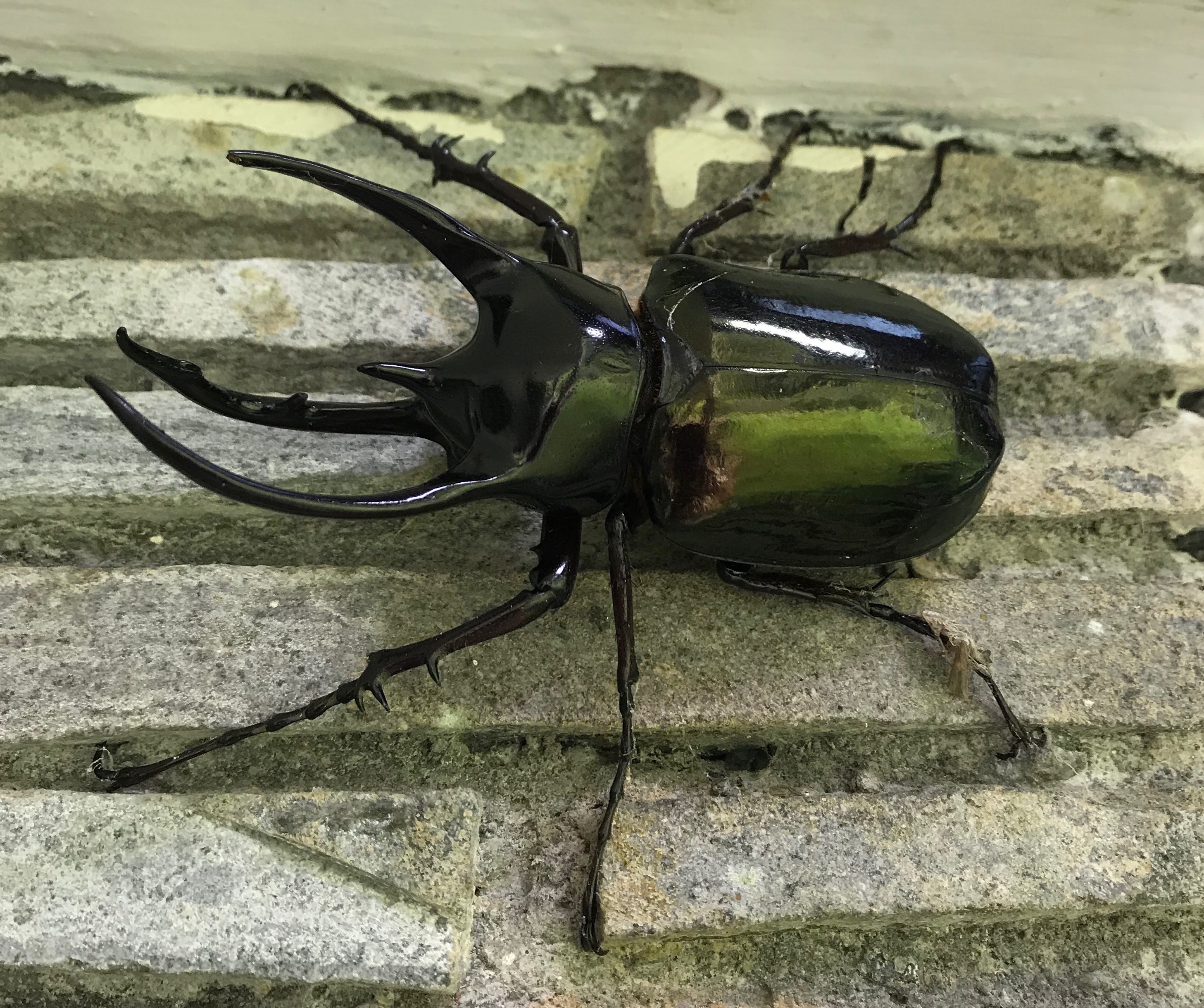
Beetles are a group of insects that belong to the order Coleoptera. These insects stand out from other insects because they have a pair of wings that have hardened into wing cases. There are approximately 400,000 species of Coleoptera, the largest order of insects; Beetles consume plant decay, fungi, and plant debris for food. Some beetle species pose a threat to plants, while others do not. Beetles are known to undergo complete metamorphosis, which indicates that they are Endopterygotes. During their immobile pupal stage, which occurs between hatching and adulthood, their body structure changes. The head, thora, and a few other parts make up a beetle's body. Beetles are known to have antennae that carry out sensory perception and detect motion, and the antennae are quick to detect smell of chemical substances and odor. The head has mouth parts that are projected forward or sometimes downward, the eyes are compound, and it may display some remarkable adaptability. The tiger beetle, for example, can't see well at night, so it moves its antennae close to its eyes to avoid obstacles. Others use it for grasping, others for balance, and still others for gathering air. In addition to these uses, the antennae are used for other things.
A beetle's thorax is divided into two sections, the pro thorax and the pterothorax. The beetle's thorax is where the two sets of wings and all three pairs of legs grow. Bugs have hooks, their flight wings are crossed with veins and are collapsed subsequent to landing. Some beetles, including some ground beetles, have lost their ability to fly. Their nervous system is similar to that of other insects and consists of three thoracic and seven or eight abdominal ganglia. They inhale oxygen and exhale carbon dioxide. Their digestive system is primarily designed for or is adaptive to herbivorous diets, which is why they primarily feed on plants and occasionally break down animals. Digestion occurs primarily in the midgut. Through the spiracles, air enters the body and circulates in the hemocoel through a system of tracheae and tracheoles, which allow gases to diffuse. When diving beetles dive, they carry a bubble of air with them. The bubbles are contained in the elytra or against the body with the help of hydrophobic hairs that are specifically designed for this purpose. Beetles have an open circulatory system that is based on hemolymph rather than blood and has inlets or ostia at various points along its length. In addition, beetles are known to have specialized organs that are responsible for attracting mates. The pheromones are utilized by many insects, but not by beetles.
Their mating behavior is intricate. Prior to mating, the male and females might vibrate on the item they are on, the male ascensions onto the dorsum of the female and strokes his radio wires on her head, palps, and radio wires. Mating conduct of creepy crawlies contrasts from species to species, without the precopulatory ceremonial they may not mate by any means. Beetles' mating roles can be influenced by competition. Some males may defend their territory and avoid other males from coming close to them. Stronger males frequently surround themselves with a large number of females, and during mating, the sperm from the males transfer to the eggs of the females. We have given a lot of data about scarabs, we should not redirect out of the point. The top ten largest beetles in the world are listed below. We’ve published article on best global universites
Top 10 Largest Beetles In The World
- Goliath Beetle
- Titan Beetle
- Hercules Beetle
- Blue Longhorn Beetle
- Stag Beetle
- Atlas Beetle
- Capricorn Beetle
- Pine Sawyer Beetle
- Figeater Beetle
1. Goliath Beetle
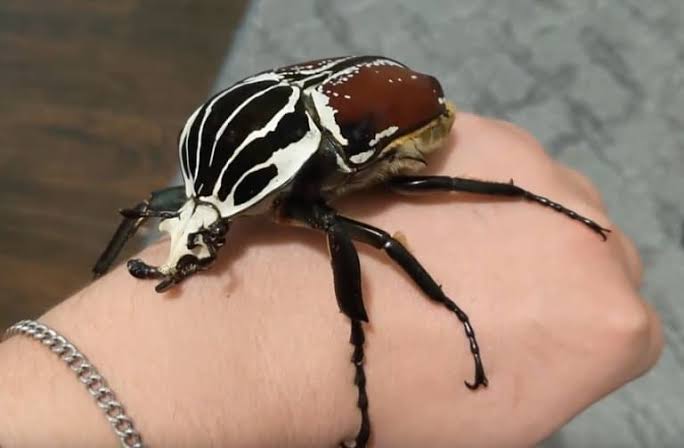
One of the world's largest beetles in terms of weight and size is the Goliath beetle. They have reinforced wings that cover their secondary wings and abdomen and serve as protective covers. The Goliath beetle only uses the second set of wings for flight; when not in use, they are folded completely in the elytra. Their legs have sharp hooks which help them in tree climbing and grumbling while the guys have a sharp horn on the head which are utilized for facing conflicts with different guys for food and mates, the female Goliath bug doesn't have horns yet rather they have a wedge-molded head which helps them in tunneling when they lay eggs. The tropical forest is home to the Goliath beetle, which measures 7.8 to 9.8 inches long and weighs 3 ounces.
2. Titan Beetle
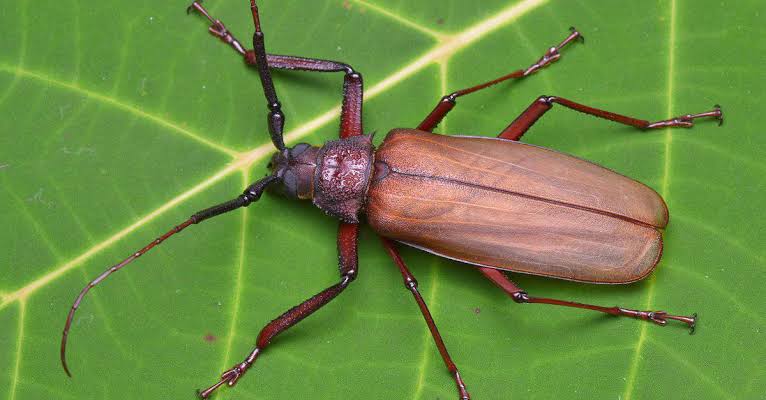
The titan beetle comes in at number two. The length of this insect is 6.6 inches. Due to the fact that it can take up to ten years for the titan beetle's larvae to reach pupal, they have never been found. This insect's boreholes, which are made during the larval stage, are said to be one foot long and two inches wide. The adult titan beetle defends itself by biting and hissing, and it has strong jaws and sharp spines. Titan scarab can be found in the tropical jungles of Venezuela, Ecuador, north-focal Brazil, thus numerous different spots.
3. Hercules Beetle
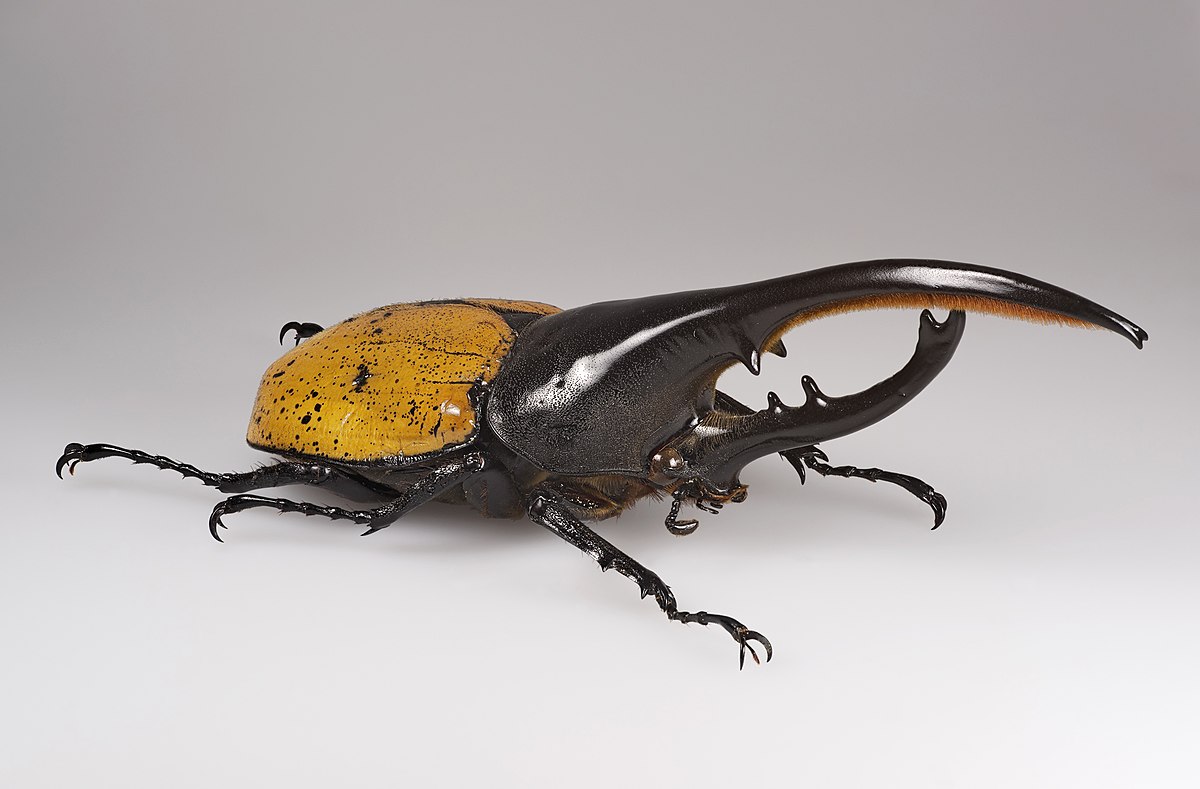
READ ALSO » Top 10 Largest Universities With Landmass In The World
The Hercules beetle is a type of rhinoceros beetle that lives in Central and Northern American rain forests. With its horn, this beetle can reach a length of up to 7 inches. Its name comes from the Greek word for hercules, which means strong and very big. The assemblage of guys might be dark except for elytra which can have shades of olive green. The guys are the main species which has the horn which implies the Hercules bug is physically dimorphic. The female Hercules scarab has penetrated elytra which are normally whole dark yet in some cases triumph ultimately the last quarter hued which very closely resembles that of the guys. When it is in its larval stage, the Hercules beetle consumes rotting wood and fresh and rotting fruits. You can also read on most hardest courses in the world
4. longhorn beetle
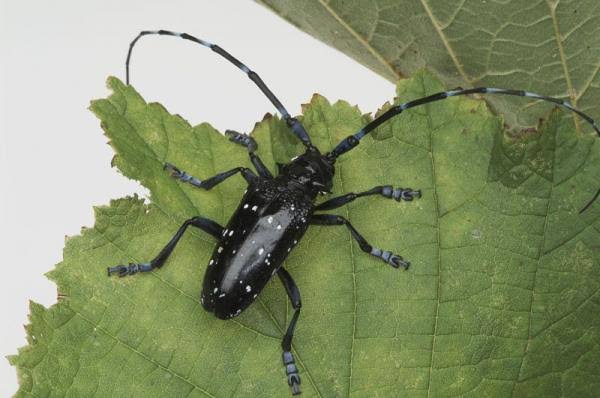
The longhorn beetle competes with the titan and Hercules beetles. The length of this beetle is approximately 6.6 inches. The majority of their body length comes from their long mandibles; the antennae of various members of their family are quite short. There are more than 26,000 species in the family. The larvae can do a lot of damage to untreated lumber or trees by drilling into the woods.
5. Stag Beetle
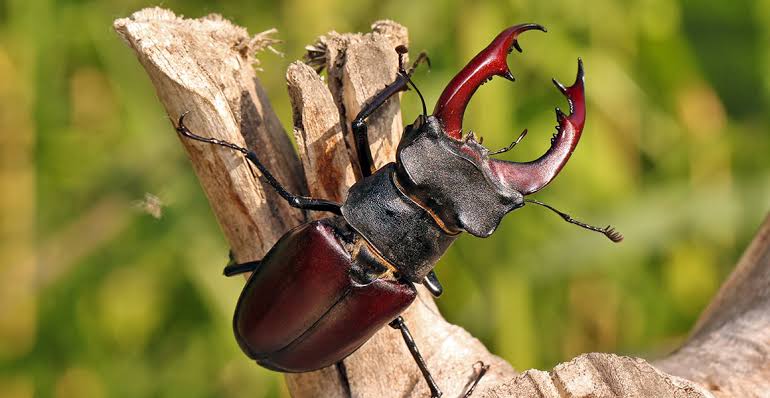
These are about 1,200 different species. The name is gotten from the huge and unmistakable long mandibles, the stag bugs are for the most part tracked down in Europe. The male stag beetles fight with their jaws for food and to mate with other female beetles. These beetles are known to eat decaying fruits and tree sap, and despite their fearsome appearance, they do not attack humans. Although the female stag beetles have smaller mandibles than the males, they are much stronger and grow larger than the females. The female is distinguished from the male during the larval stage by the presence of cream-colored, fat ovaries that are visible through the skin. These bugs are known to grow up to 5 inches.
6. Atlas Beetle
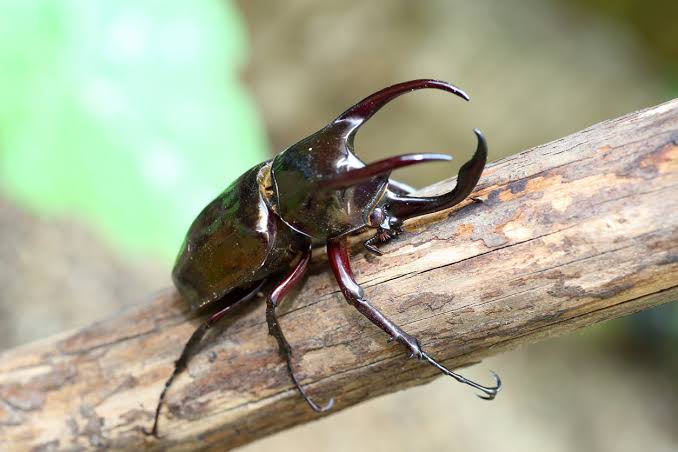
The Atlas beetle can grow to a length of between 2.5 and 5 inches, but its females are shorter than its males. The guys have specific horns on their head in which they utilized in battling for food and mating freedoms.
7. Elephant beetle
The elephant beetle can grow to a length of between 2,75 and 4.75 inches. These beetles are black in color and have fine, minute hair all over their bodies. The males have two horns, one on the prothorax and one on the head. The horns are used to protect themselves from other males, find food, and mates.
8. Capricorn beetles
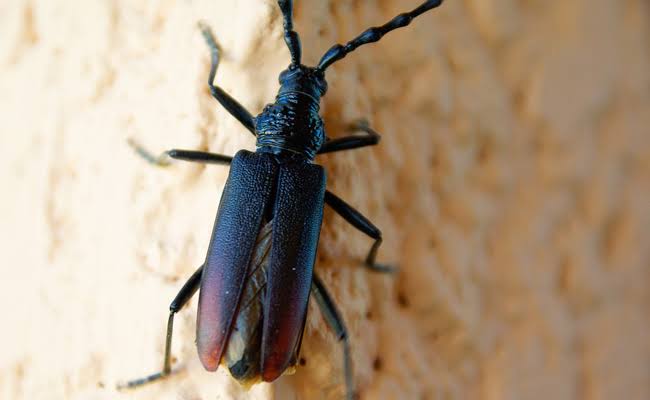
Beetle of the Capricorn have a length of 2.5 to 4 inches. The male Capricon beetles are known to have long, thread-like antennae that are longer than their bodies, in addition to these beetles' robust and long bodies. Only the hard wing cases, legs, and body of the females are black, with the exception of the elytra, which is reddish brown toward the tip.
9. Pine Sawyer Beetle
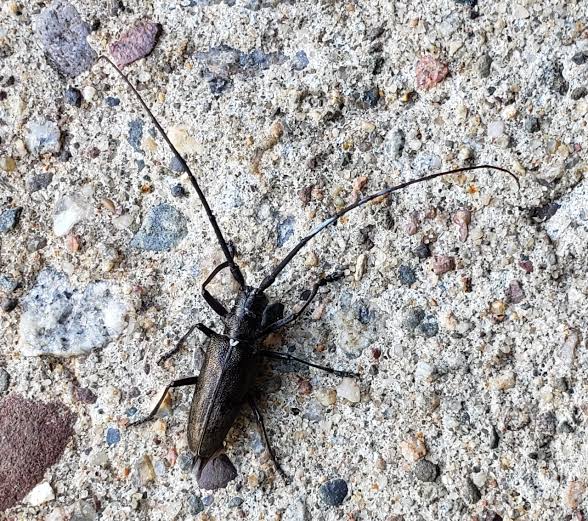
The Pine sawyer creepy crawly is known to arrive at a length of around 3 inches long, these scarabs are spread all through the world and are generally dark in variety. They live in coniferous trees in the Pacific Northwest and the southwest.
10. Figeater Beetle
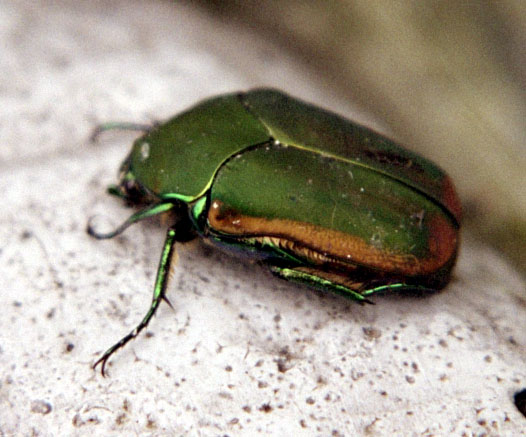
READ ALSO » Top 10 Largest Libraries In The World
The crawly back beetle, also known as the figeater beetle, is known to roll on its back and propel itself upside down. These beetles have legs and an underside that are indecently green while growing to about 1.25 inches in length and are semi-colored glossy green on top.
The above-mentioned beetles are the world's largest currently available. In this post, a lot of important information has been provided. On the off chance that you are conveying an exploration work on Bugs or insects to be specific then this article is most certainly for you.
